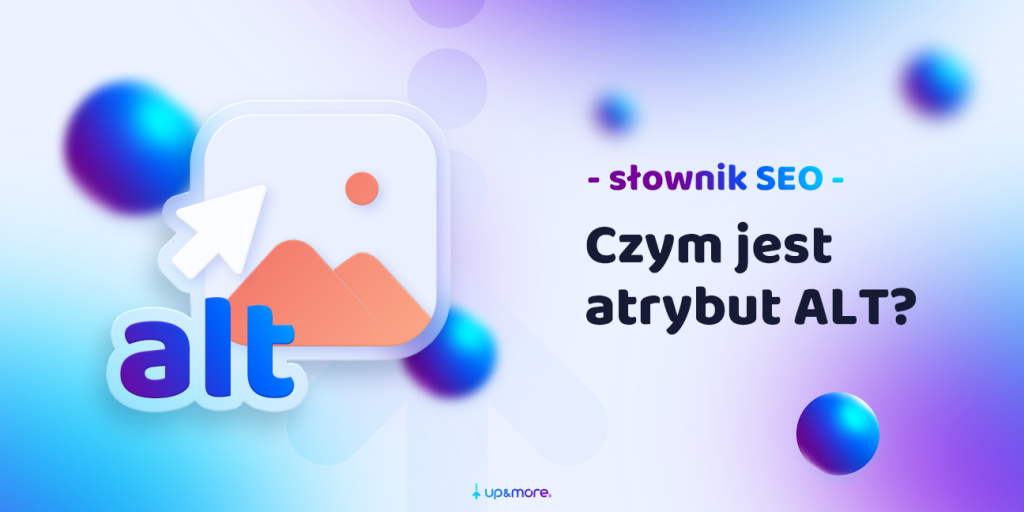Table of contents
The ALT attribute is also known as alt tag, alternative text or alt text. It is used in HTML to describe what is in an image or what function a graphic has on a web page. In the code of the page, it is located in the <img> tag. It looks like this:
<img src=”image.jpg” alt=”Image description”>
The image’s ALT attribute is aimed at indexing robots, which can not read the image’s content like humans. They need an alternative image description to better understand what the graphic represents. It directly impacts the image’s and the website’s visibility in search results.

Image ALT attribute in SEO efforts
In terms of SEO, alternative text plays a very important role. A properly optimized ALT allows you to improve the visibility of the image in search results for graphics, which brings better visibility results for the entire website in Google search.
What should the ALT attribute look like?
- For effective positioning of graphics, it is useful to add such an ALT attribute so that it is short, precise and describes the image accurately.
- The content of the alternative description should include the keyword phrase that the image represents. The description of the graphic is not a place to stuff keywords so that there are as many as possible. Such an action may be considered search engine spam by indexing robots.
Examples of ALT attributes: keyword phrase | CTA (click here, read our article)
keyword phrase – Brand
keyword phrase | CTA + Brand
ALT attribute – what to remember?
- The ALT attribute on a website is also designed for transcription for people with disabilities. Therefore, when creating the ALT, remember to make the content of the alternative description natural and consistent with the image. Let your website be accessible to any person.
- You cannot use Polish diacritical marks to address graphics: ą, ć, ó, ż, ź, etc.
- A lack of image alt attributes means no graphics for indexing robots!
- In case of image loading problems: If the image on the page does not load properly (for example, due to network problems, an error on the server, or if the path to the image is incorrect), the ALT attribute will be displayed on the page in place of the image.
Was the article helpful?
Rate our article, it means a lot to us!
Let's talk!
She has been in marketing for 4 years. She feels most confident in the area of SEO and UX. At Up&More, as an SEO Specialist, she is in charge of increasing the visibility of our clients.